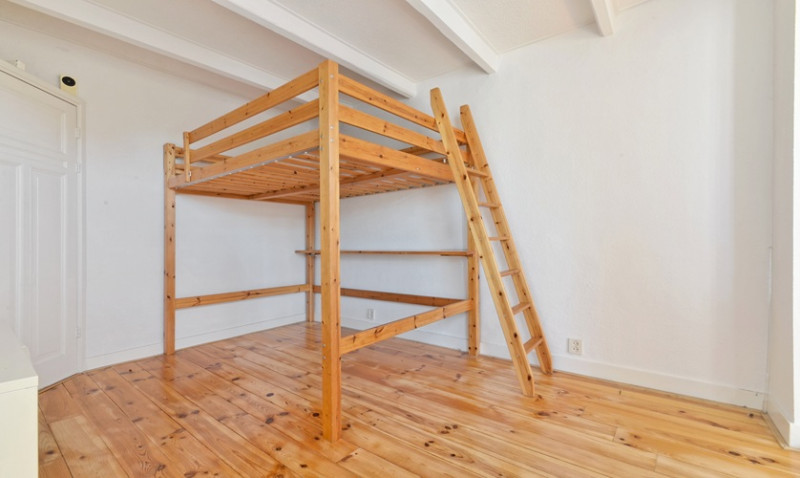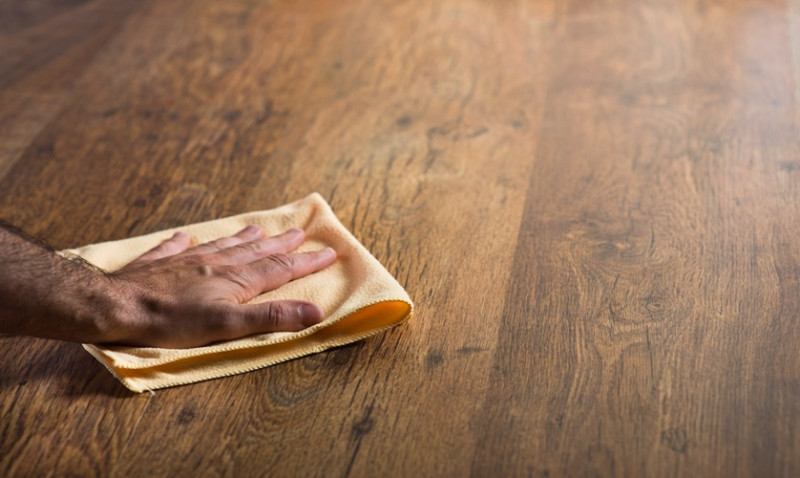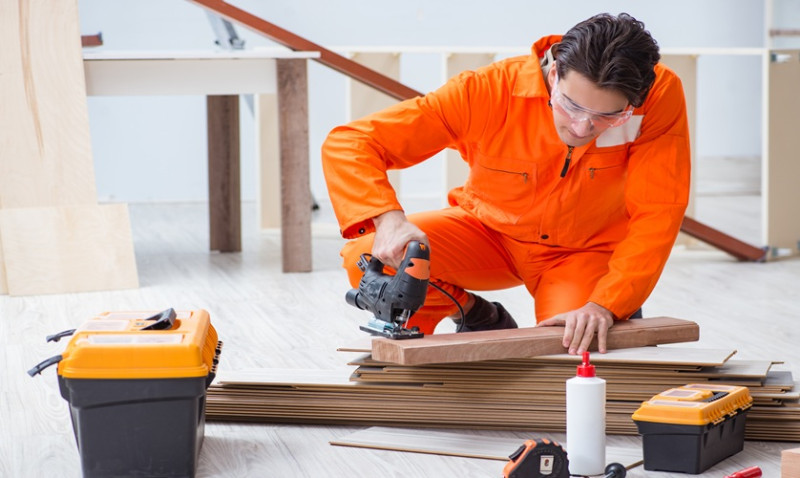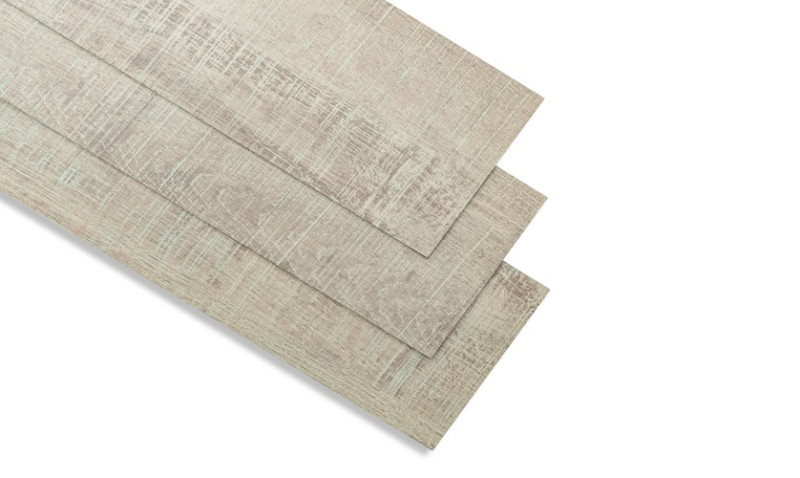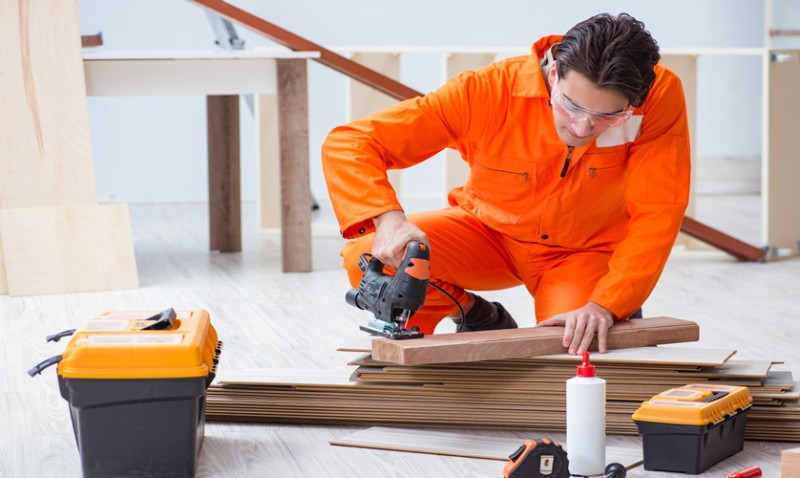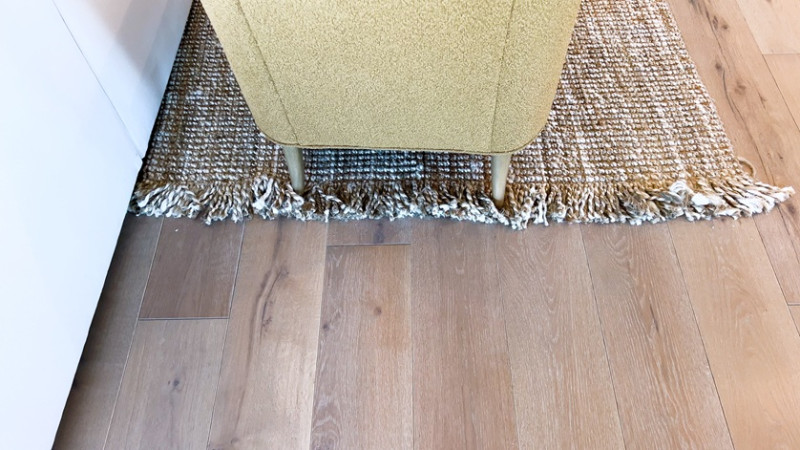
Your wooden floors tell a story — of shared family dinners, muddy shoes after nature walks, and maybe even that time you moved the sofa by dragging it across the floor. Over time, they show wear and tear, and it’s easy to think replacement is the only option. But what if we told you that a wood filler, a proper screen, and a fresh coat could make your floor look brand new? In this blog post, we'll guide you through the transformative process of wooden floor restoration, showcasing how ordinary floors can be rejuvenated through expert techniques.
The Beauty of Restoring vs Replacing
Too often, homeowners consider ripping out old floors once they get tired, scratched, or stained. However, solid and engineered wood floors have incredible restoration potential. Restoring your wooden floors is not only cost-effective but environmentally smart, too. Rather than investing in completely new materials, floor refinishing breathes new life into what's already there — and in the UK, where many period homes feature original floorboards, this can help preserve the character of your property.
Replacing wood flooring can be expensive — especially with current material and labour costs in the UK. Restoration, by contrast, is generally more affordable and takes less time, particularly when done by professionals who understand the process inside out. For DIY enthusiasts, the right tools and techniques can bring professional-level results as well, as long as you follow a proven step-by-step process.
Step 1: Filling Gaps and Cracks with Wood Filler
The first step in any wood floor transformation is addressing imperfections — cracks, holes, gaps between boards and other minor damages that develop over time. These problems not only affect the floor's appearance but can also trap dirt and moisture.
Wood filler is a specially-formulated compound that fills in these cracks and holes to level out the surface before sanding and finishing. For the best results, using a solvent-based or water-based filler that matches the natural colour of the wood can provide a seamless look once the floor is refinished. Some professionals in the UK prefer mixing fine wood dust from sanding with filler to match tones even more closely.
In high-traffic homes or period properties in cities like London, Brighton or Manchester, using the right filler helps keep the floors durable and prevents squeaks or movement between boards. Let the filler dry completely before sanding, to avoid sinking or feathering later on during coating.
Step 2: Screening – The Secret to a Smooth Surface
Once the filler dries, the floor isn’t quite ready for coating just yet. It needs an essential step that many DIYers overlook — screening. Screening is the process of lightly sanding the surface with a fine-grit abrasive pad or screen to smooth out imperfections, remove minor scratches, and prepare the surface to accept a finish evenly.
This intermediate stage is key to a professional-looking result. If you're attempting this yourself, using a floor buffer with a sanding screen is ideal. The screen gently sands the floor without going too deep into the wood, preserving your previous sanding work while removing fine dust, residue from the filler, and subtle surface unevenness.
Homes across the UK — especially those with oak, maple or pine floors common in older properties — benefit greatly from this step. Screening ensures that whatever coating you apply next adheres properly and performs better over time, maintaining that flawless sheen for years to come.
Step 3: Coating – The Finishing Touch That Makes All The Difference
Coating is where the magic happens. This final layer revitalises your floors, giving them that irresistible gloss, satin, or matte finish that takes them from dull to dazzling. Options abound, from water-based polyurethane (preferred in eco-conscious households in London) to traditional oil-based or hard-wax finishes for a natural look.
In the UK climate, where fluctuations in temperature and humidity can affect floors over time, choosing the right coating is essential. Water-based polyurethane dries quickly, emits fewer fumes, and is highly durable — ideal for busy homes or small flats where ventilation is limited. Meanwhile, oil-based products offer deep, rich finishes perfect for traditional or heritage-style interiors.
Apply the coating using a lambswool applicator or a nylon brush in thin, even layers. Most professionals recommend two to three coats for a resilient finish. Make sure to sand lightly between coats with a fine grit paper to remove any imperfections and ensure excellent bonding.
Real-Life Before and After: See the Difference
Let’s take a look at a real-world example. A young couple in Bristol bought a Victorian terrace with floors original to the 1890s. They debated whether to replace them entirely but instead opted for a professional restoration. After filling years of gaps and cracks, screening the boards to prepare them, and coating with a clear satin polyurethane, the results were stunning — golden tones reappeared in the timber grain, and the floors looked as though they had just been installed.
Another example comes from a homeowner in Glasgow who undertook a DIY project during a lockdown. With a rental floor sander, professional-grade filler, and a durable water-based finish, they transformed a dull and paint-splattered bedroom floor into a room-defining feature — all at less than one-third of the cost of new flooring.
Recommended Products and Tools
| Step | Product Type | Example Brands Available in UK | Approximate Cost |
|---|---|---|---|
| Filling | Solvent-Based / Water-Based Wood Filler | Ronseal, Bona, Osmo | £8–£20 per tub |
| Screening | Floor Buffer + Sanding Screens | Clarke, HireTech | £30–£50/day hire |
| Coating | Polyurethane / Oil / Wax Finish | Bona Mega, Osmo Polyx, Fiddes, Rustins | £25–£70 per tin |
Tips for DIY Enthusiasts and Professionals Alike
Planning makes perfect. Always test products in a small, inconspicuous area of your floor before committing to the entire surface. What looks natural on pine may grout oddly on oak — and lighting can impact how your final colour appears, especially in UK homes where natural light varies from south to north-facing rooms.
DIYers should plan for ample drying time between every stage and remember proper ventilation is critical, particularly when using oil-based coatings. Professionals benefit from investing in top-tier commercial products, which often provide better coverage and longevity than DIY-branded options.
And don’t forget the details: use edge sanders in corners, remove dust thoroughly with a vacuum and tack cloth, and avoid heavy traffic on the floor until it’s fully cured (which can take up to a week depending on the finish).
Final Thoughts
Whether you’re a homeowner breathing new life into your space, a young couple renovating a starter flat, or a professional designer overseeing a restoration project, refinishing a wooden floor is surprisingly satisfying. Done right, you’ll uncover the hidden beauty below your feet and see your space transform — often in the span of a weekend.
In our experience working with homes across the UK, from Edinburgh townhouses to Surrey cottages, the before-and-after results of a simple wood filler, screen and coat job are nothing short of astonishing. It’s more than just good looks — it’s craftsmanship, sustainability, and pride in your home.
So roll up your sleeves, gather your tools, and let your old floor shine again — because beneath every scuff, scratch, and stain is a surface waiting to be beautiful once more.
